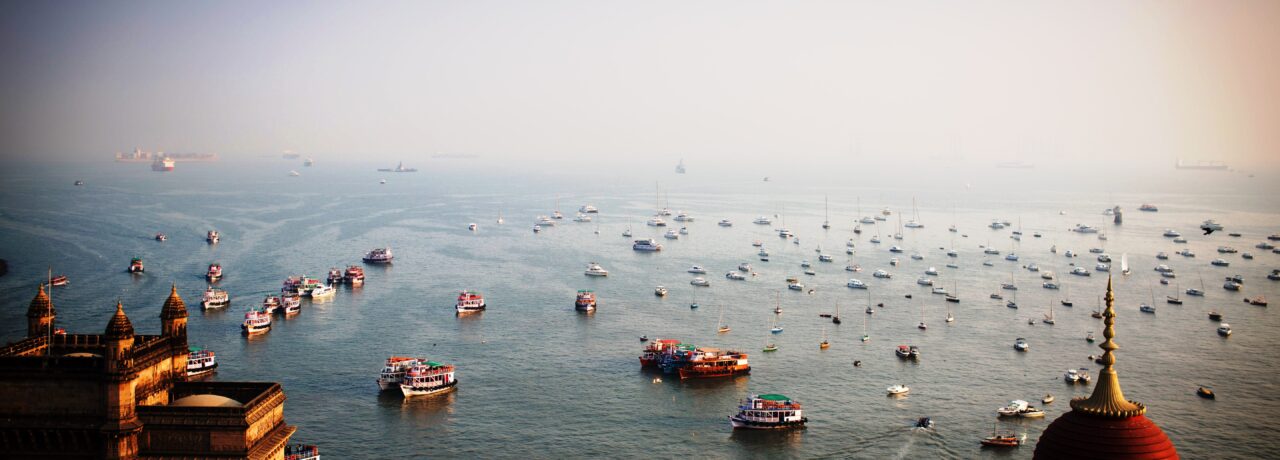This map provides a visualisation of the data gathered from our analyses of the Medical History of British India archives. It pulls together key locations from select text analyses, highlighting their contemporary location, historical (colonial) location, and detailing key information surrounding each marker:
Maternity
Access to western-style maternity services in colonial India has been very varied across the country. Accordingly to the 1938 report, used in Matter of Life and Birth analysis, maternity services in colonial India were generally seen as in need of development. However, the level of access to the institutionalized, western-style pregnancy-and-maternity care varied, with some regions, for example, United Provinces (modern Lucknow), having access to the developed infrastructure, and some relying almost solely on traditional health practices, like dais (Patna). Access to western-style maternity service in colonial India is symbolised on the map by an icon of a baby in utero. Follow it to read more about maternity care.
Female Hospitals
In 1885, Lady Dufferin established the National Association for Supplying Female Medical Aid to the Women of India (the Dufferin Fund) to improve the medical conditions of Indian women. The operation and development of Dufferin and other female hospitals involve various areas in British India. To access some locations related to female hospitals, please follow the icon of a female on the map and click on any icon to get some details of the place. In addition, more information can be found in this text about The Dufferin Fund and Female Medical Care.
Quarantine
Alex Chase-Levenson examines how British imperialism spread quarantine practice to new areas of the globe, particularly in Malta, Corfu, and India. The British use of quarantine in these imperial discourses illustrates how firmly inflected the global response to epidemic disease had become by Mediterranean practice. In this case, quarantine has become an imperial medical practice in response to the spread of the plague. The “Quarantine Locations” on the digital map are visually presented as virus icons, indicating the placenames in Geonames where quarantining took place during that period.
Asylums
David Arnold’s Colonizing the Body provides a detailed insight into the extent to which the British Empire utilised psychiatric medicine as a means of asserting colonial dominance throughout British India. The focus of several of our text analyses is the deployment of lunatic asylums as a concretisation of this dominance – acting as a means to curtail ‘problematic’ social practises, exploit indigenous labour, and experiment with approaches towards psychiatry. Highlighted on the map below, you can see the massive spread of asylums throughout the region. Represented by icons showing the bars behind which inmates of these asylums were so often kept, the markers show the dispersion of asylums across British India. Shown are the locations which return more than five mentions in the MHBI archives: clicking on each one allows you to see the specific number of times each location is referenced, as well as their historical and current-day names.


